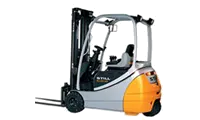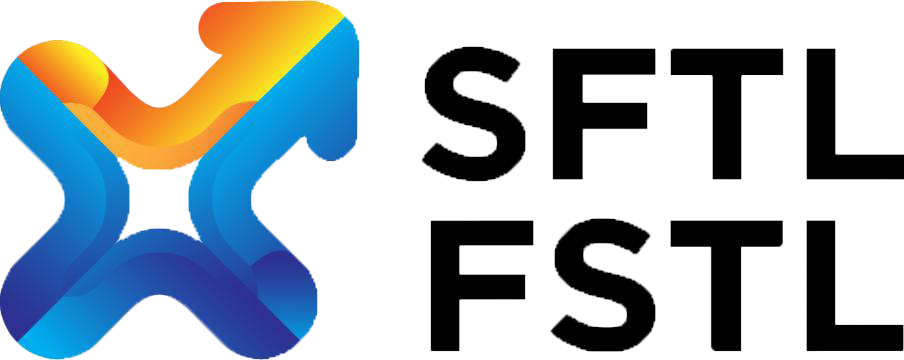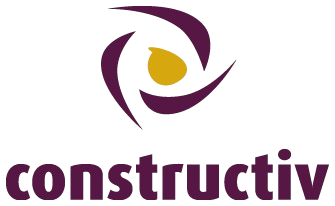What is a forklift:
The classic forklift is a three- or four-wheeler whose rear wheels or rear wheel are the steering wheels.
Attached to the lifting frame frontally are two forks that are completely in front of the front wheels.
With this forklift, the load weight must be compensated by the weight of the forklift and is referred to as a “counterbalance forklift.”
Content:
This training includes 4 to 6 hours of theory in group and 6 to 26 hours of practice per participant.
In the Formaz training centers, several forklifts are available and practice is done in groups.
In-company at the employer’s site, there are usually fewer forklifts available and the practice is therefore usually done individually or in small groups.
Theory:
- Summary of legislation
- Basic knowledge of ARAB, Codex, liabilities and responsibilities.
- Risks and accidents
- Be able to identify, analyze and control risks specific to the job and equipment and space.
- Safety regulations
- Knowing the safety regulations such as there are: direction of travel, braking for turns, distance between forklifts, use of the safety cage, prohibition to take passengers, appropriate travel speed, regulations when coupling/disconnecting battery and in a loading station, travel height forks, position of the mast according to the load, changing a gas cylinder.
- To know terms related to forklift construction: lift height, free lift, clearance height, mast types, 3 and 4 wheel devices, turning radius and concept of “explosion proof forklift”.
To know that there are different types of drives, with their areas of application: electric, diesel, gas.
To know how batteries can be changed. - Load and charge diagram
- Know what factors affect the load and stability of the forklift.
Understand and be able to use load diagrams. - Working with the forklift
- Know the elements that make up the initial check: hand brake, foot brake, hydraulic system testing, sound horn check, visual tire check, steering play, chain tension, forks. Pivot.
- Be able to describe warehouse infrastructure, main warehouse racking and internal transport equipment.
Types of carriers and pallets.
Hazard labels and handling labels.
Practice:
- Be able to perform initial forklift checks correctly, recognize dangerous defects, and report them.
- Apply correct mounting and dismounting technique and park the truck safely.
- Be able to use the controls correctly.
- Be able to work electric and thermal forklifts (LPG), 3 and 4 wheelers.
- Application of safety and traffic rules: defensive driving, interaction with people and other drivers.
- Be able to connect and disconnect batteries.
- Adopting a good driving technique: forward, backward.
- Be able to perform the following maneuvers: turning and cornering forward and backward, passing in very narrow passages.
- Be able to estimate distances, depth and height.
- Stacking goods in space with up to 0.5 meters (advanced) or 1 meter (basic) clearance on turning radius, without using side-shift.
- Stacking in racking (pallet racking, drive-in racking, cantilever racking) of goods at a height of 5 meters (advanced) or 3.5 meters (basic), without using side-shift.
- Be able to stack correctly at ground locations, in racking and at height and according to forklift capacity.
Stacking with various systems such as set-up boxes, baskets and individual stacking systems. - Applying order and cleanliness.
- Be able to drive in specific conditions: loading and unloading driving a trailer/container, inclined surfaces, narrow spaces.
- Be able to transport long, tall and bulky loads.
- Be able to work with at least 1 attachment.












